This is the #NeverForget Diary, a weekly summary of what’s happening in the Philippines under Marcos II. In a time of mangled histories and fragile memories, it’s crucial never to forget. (Note: this post may be clipped in your email inbox. Photo above from Rappler.)
Last week was an extraordinarily busy week.
On July 25, President Bongbong Marcos Jr. delivered his first ever State of the Nation Address (SONA).
There’s a huge difference in the way the SONA was presented this year. Paul Soriano, husband of Toni Gonzaga, directed the event, and he featured new shots like the president walking up a ramp leading to the plenary hall…
…a bird’s eye view of the plenary hall of the Batasang Pambansa (which by the way has been refurbished and now contains rows of elevated seats that can accommodate more lawmakers on the floor)…
…and a shot from behind the president’s head.
There’s also much better lighting that seems to suggest rays of the sun radiating or emanating from the president himself.
Not to be upstaged, Vice President Sara Duterte came into the session hall donning the traditional attire of Davao’s Bagobo Tagabawa tribe.
But some noted the performative aspect of this attire, and pointed out that in 2019 Duterte actually “ordered the shutdown of schools that cater to indigenous people in Davao City.” (VP Duterte rebutted by saying the schools allegedly had ties to communist insurgent groups.)


When it came to the SONA itself, form dominated substance.
Allegedly, the president wrote his own speech. But it was very evident that the first portion of the SONA was drafted by his economic team. Marcos Jr. mentioned myriad numbers which, on deeper inspection, are actually just the macroeconomic targets and assumptions of the Development Budget Coordination Committee (DBCC).
My friend, budget expert Zy Suzara, noted correctly that targets are not plans. And a lot more important than knowing the government’s macroeconomic targets is hearing from the president how exactly he intends to achieve them.
For instance, although the president acknowledged inflation, there was nothing in the SONA about how he intends to resolve it or at least help Filipinos weather it. Will there be cash aid for the poor and other affected sectors? Will there be assistance to many parents wary about the costs of bringing their children back to school?


Amid rising economic hardships like rising inflation, Time reported that many Filipinos have fallen victim to a crypto game called Axie Infinity, losing lots of money in the process:
Meanwhile, there was also mention in the SONA of “fiscal consolidation” (basically reducing the public sector deficit or revenue shortfall). Marcos Jr. floated the idea of new taxes on digital services (including platforms like Netflix, Lazada, and Facebook).
But how can the Marcos Jr. government exact more taxes if the president himself has avoided paying his father’s overdue estate tax liabilities?

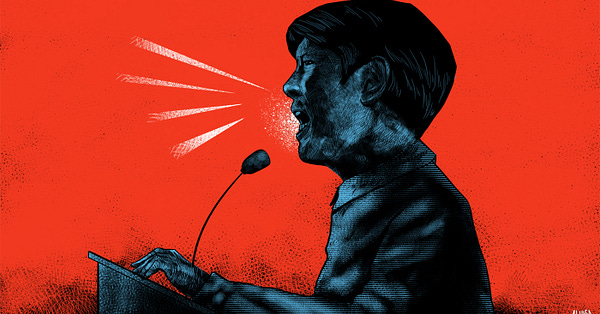
Even former NEDA chief Ernie Pernia pointed out the irony of it all:

Meanwhile, a lot of people noticed that the president switched from English to Filipino when he started discussing agriculture and OFW issues. Some were not happy with this:

At the SONA’s tailend, the president laid down 19 priority bills. But a lot of them were carryovers from the previous administrations. All the infrastructure projects mentioned in the SONA were also carryovers.
Marcos Jr.’s omissions were also notable. He didn’t mention his promised P20/kg of rice, rice tariffication, and food self-sufficiency or sovereignty. He also was mum when it came to human rights, press freedom, fighting disinformation, transparency, accountability, and anti-corruption.


My Rappler piece last week contained my full take on the SONA:

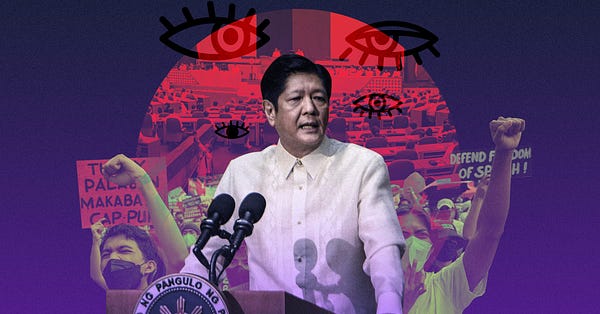
I also participated in the live panel of Rappler’s SONA coverage:
Zy Suzara and I shared also our two cents about the SONA in journalist Mike Navallo’s morning show, The Rundown on ANC.

By the way, the traditional SONA protests pushed through outside the Batasang Pambansa where the president delivered his speech. But the scale of the protests is much smaller now compared to previous years. Police bearing shields and firearms also barricaded entry points to Commonwealth Avenue, blocking some roads with huge police trucks. Here’s a sample of the protest art used:



Pro-Marcos groups held their rallies at the same time, too, with at least one supporter spotted doing the Nazi salute and holding a sort of vision board with the Nazi flag and “Sieg Heil!” A friend of mine quipped that this encapsulates the real state of the nation.

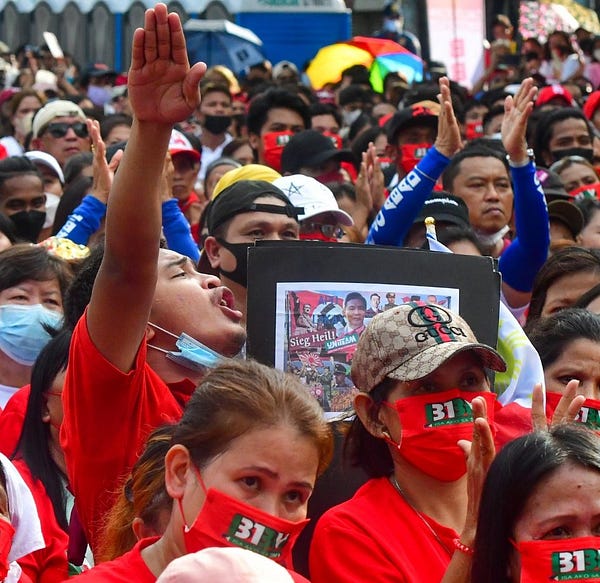

THE DAY AFTER SONA
On July 26, a day after the SONA, Marcos Jr.’s son, Rep. Sandro Marcos, was named senior deputy majority leader despite being a neophyte lawmaker.


Rather distractingly (and inanely), Rep. Arnolfo Teves Jr. also filed a “ghosting” bill.

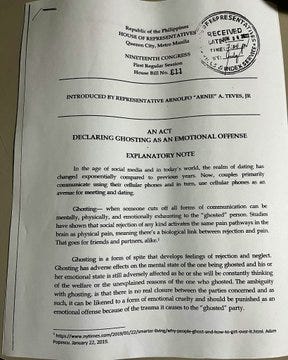
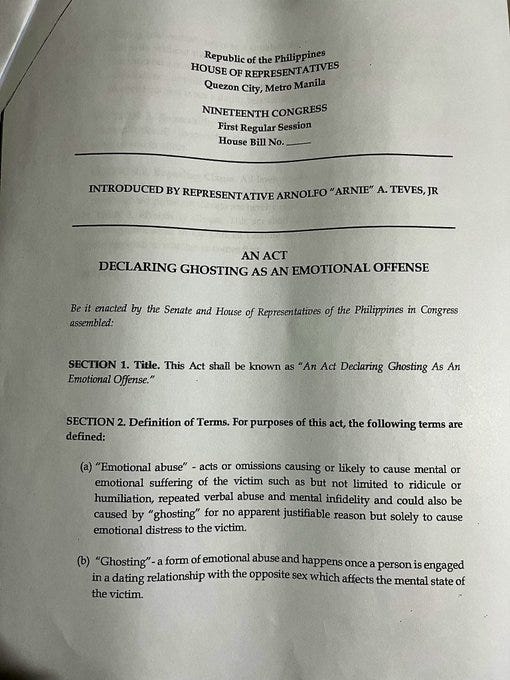
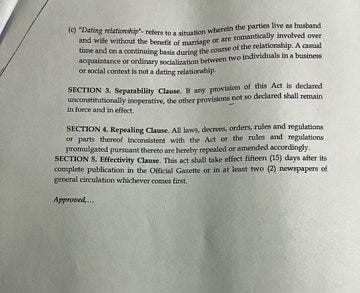
In the Senate, many pro-Duterte senators have switched sides and are now supporting Marcos Jr.


Risa Hontiveros and Koko Pimentel, meanwhile, have formed a two-person opposition bloc.

On the same day, Marcos Jr.’s economic team held their own post-SONA economic briefing. With 3 top economic managers being former professors at the UP School of Economics, it was easy to mistake the post-SONA briefing for an UPSE event:
Controversially, Finance Secretary Ben Diokno said that “When the Duterte Administration came in we don't have a list of ready-to-implement [infrastructure] projects.” But Philstar fact-checked this and found it to be false.

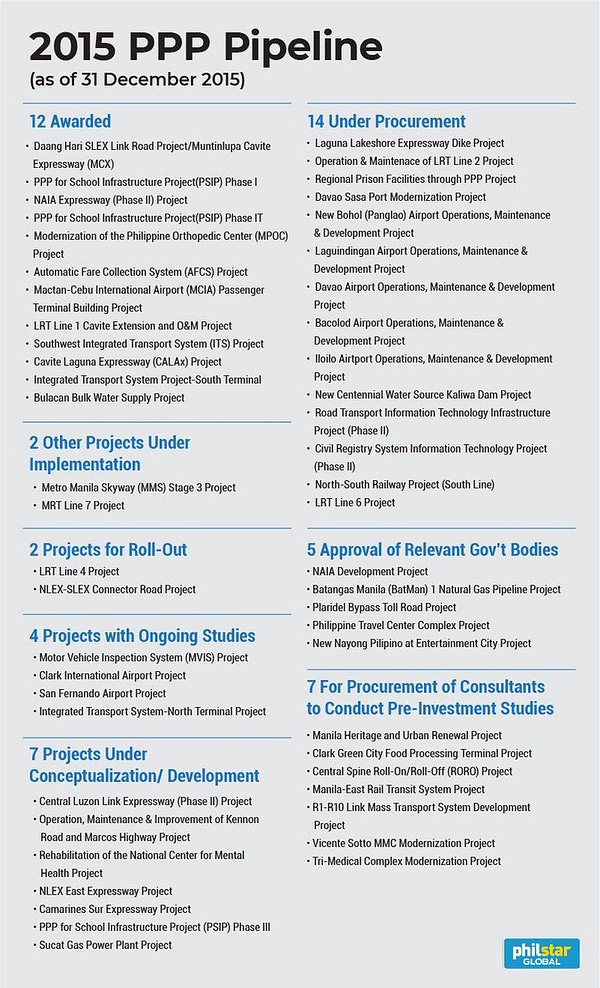
The econ managers wish the country to become an “upper-middle income" country" by 2024. But in fact the Duterte administration has been promising this exact same thing yearly since 2017. What’s new?

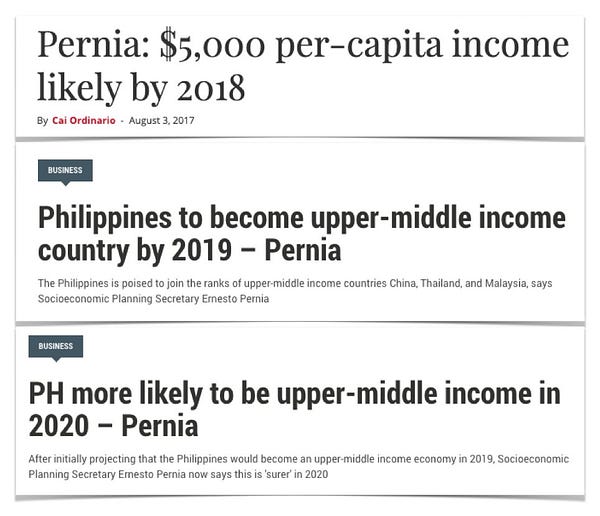

Marcos Jr.’s econ team also came up with an 8-point economic agenda—finally—but this came quite late already. By contrast, ex-president Duterte’s econ team came up with their 8-point economic agenda a mere 3 days after the 2016 general elections.



Speaking of economics, Ateneo de Manila University is set to confer on August 27 an honorary economics doctorate to ex-VP Leni Robredo.


On July 29, the UP School of Economics conducted its first face-to-face (f2f) recognition rites since the pandemic started, with Supreme Court Senior Associate Justice Marvic Leonen as guest speaker (himself an UPSE alumnus, batch 1983). I also graduated from UPSE with a PhD in Economics.
UP Diliman also resumed its f2f general commencement exercises on July 31, with this year’s theme being “dásig”—a Cebuano word meaning “full of spirit and marked by high spirits of excitement.” The guest speaker was Prof. Caroline Hau of Kyoto University, herself a UP alumna (batch 1990, BA English Studies, summa cum laude).
This year, UPD has 150 summa graduates, an all-time high. This sparked debates online about possible grade inflation (one professor even exaggerated by calling it “hyperinflation”).

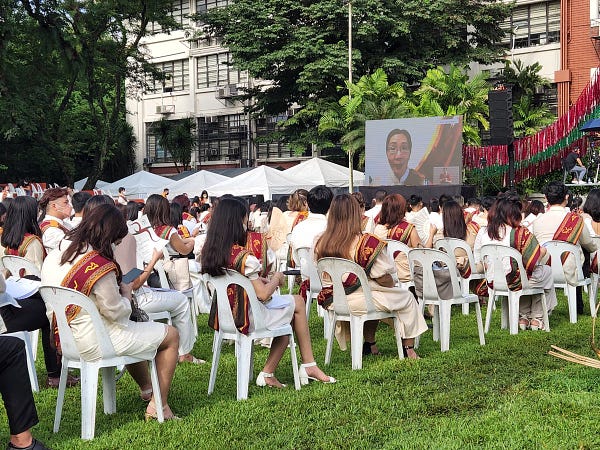
LUZON QUAKE
Two days after Marcos Jr.’s SONA, on the morning of July 27, a devastating earthquake of Magnitude 7 hit Abra province (it was initially and erroneously reported to be 7.3). It was so intense that it was felt all the way to Metro Manila. So far, 10 people are confirmed to have died from the quake, with hundreds injured.
Many heritage sites in Vigan City, located near Abra, took a hit and crumbled:


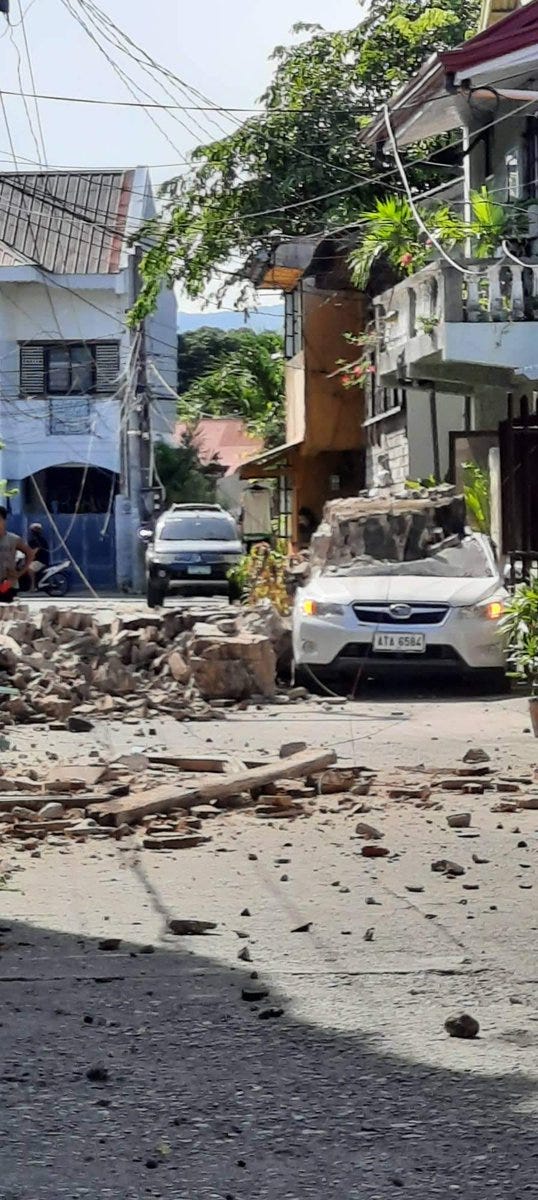
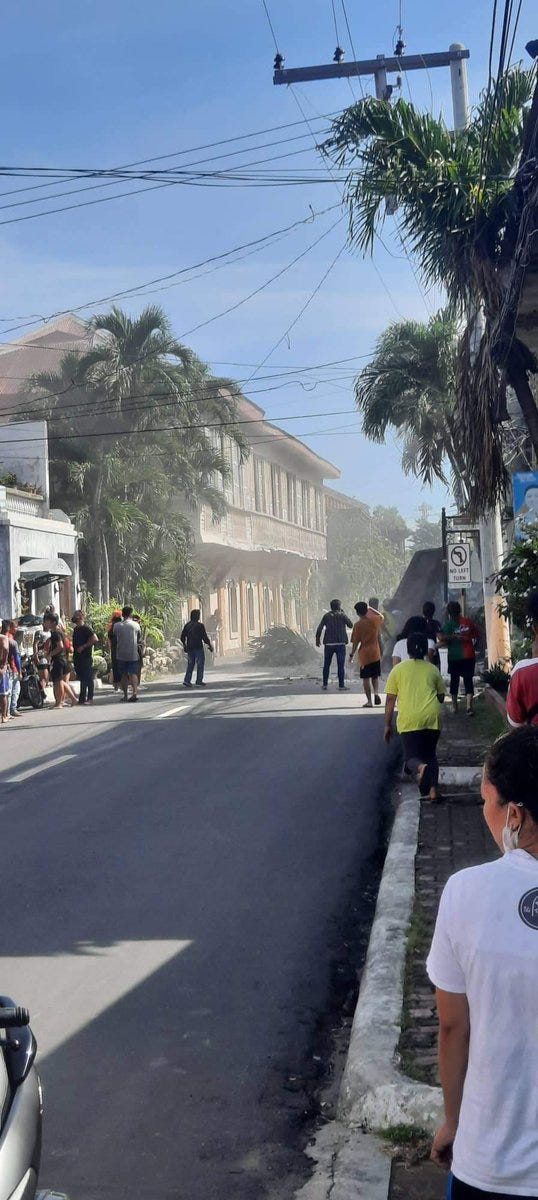
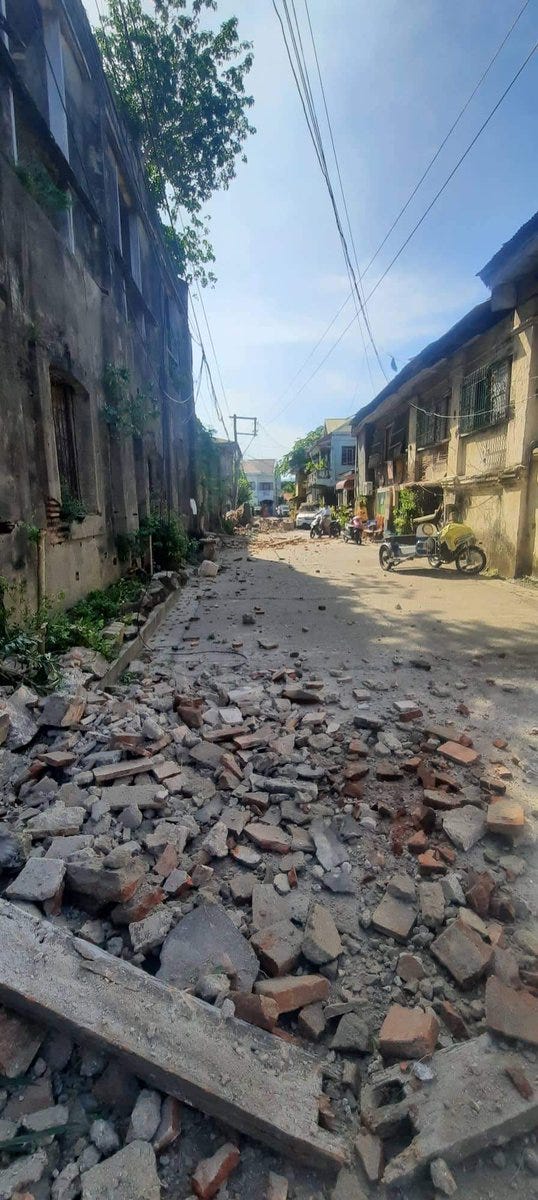
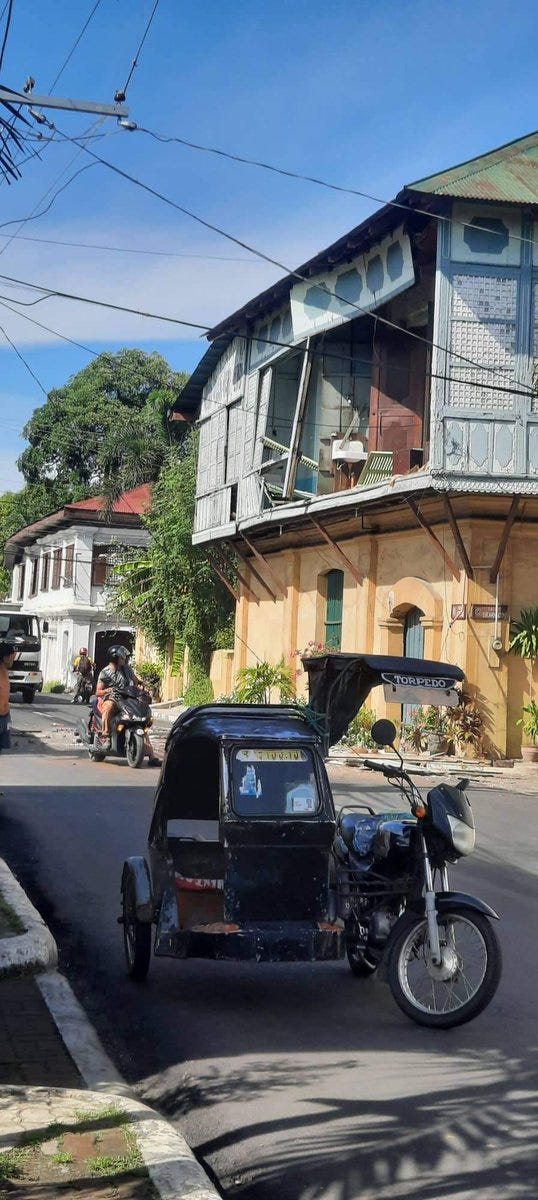
Here’s a report by Rappler on those heritage sites:

Boulders tumbled on mountainsides as well:

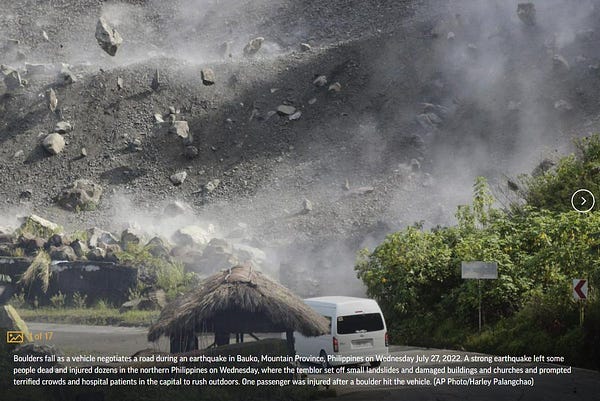
The earthquake was quite shallow at just 17 km below surface. It was caused by the movement of the Abra River Fault which last moved in 1868. The quake was also the strongest ever to hit Luzon Island since the devastating 1990 Luzon earthquake. But since 1990, stronger quakes had hit other areas of the Philippines.

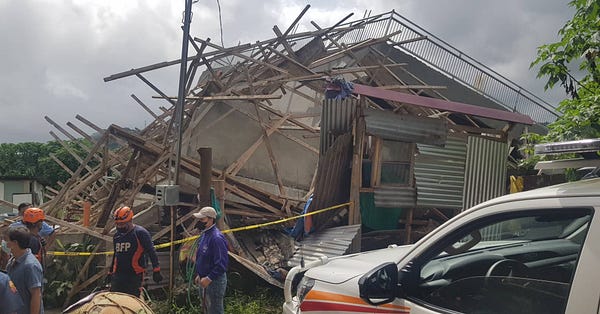
President Marcos Jr. was relatively (if not surprisingly) quick to visit some affected areas. Trailing him is his sister, Senator Imee Marcos, who sported a red t-shirt with the Kabataang Barangay logo emblazoned in front.

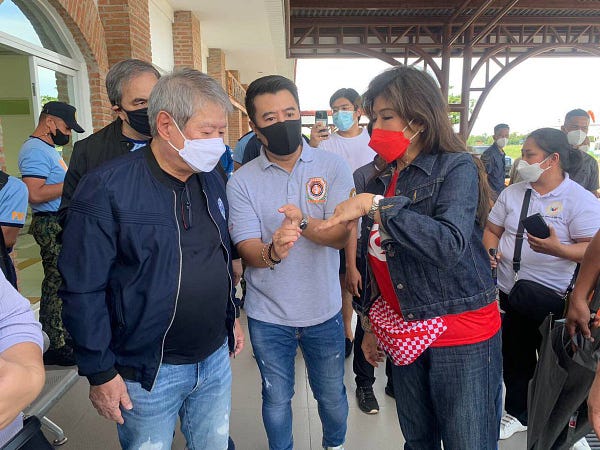
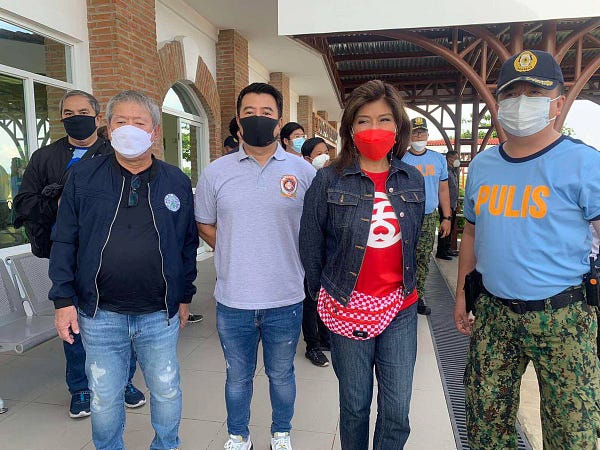

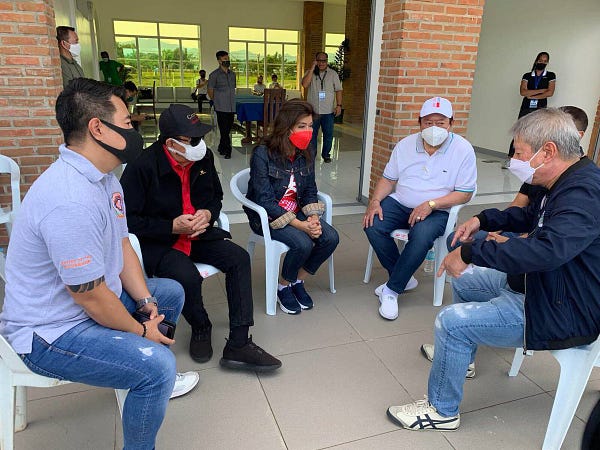
#RIP
In an apparent act of rido (clan feud/conflict), the father of Ateneo gunman Dr. Chao Tiao Yumol was killed in Lamitan, Basilan on July 29. This happened a mere 5 days after the fateful shooting incident in the Ateneo de Manila grounds on July 25.


Meanwhile, here’s a video about the life of slain Ateneo security guard, Jeneven Bandiala:

Lamentably, a recent report showed that most Facebook posts that mentioned Chao Yumol painted him in a positive light, or even supported him. Although Facebook already took down the verified account of Yumol, the damage has been done.

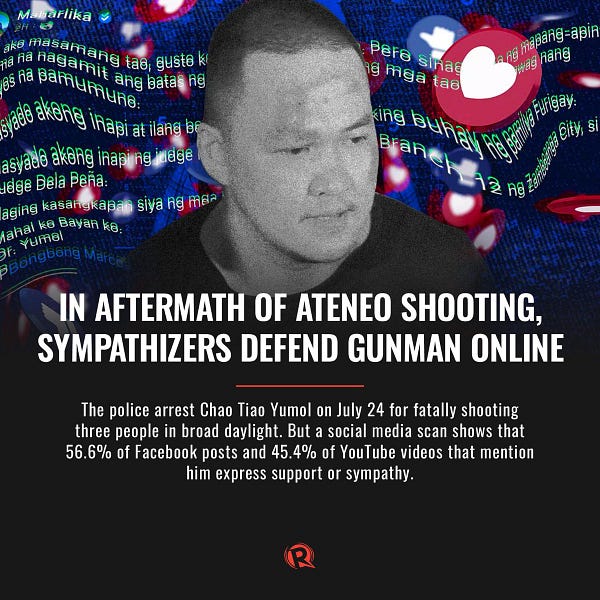
Meanwhile, on July 31, former president Fidel Ramos died. May he rest in peace.


Some warned against lionizing Ramos and his legacy:



Still, Ramos treated the media well and with utmost respect (see the accounts of journalists Glenda Gloria, Marites Vitug, and Inday Espina-Varona).
Some people couldn’t help but note that Juan Ponce Enrile—Ramos’s contemporary and fellow military defector right before EDSA—is still alive.


DATA/GRAPHS OF NOTE
A new Pulse Asia survey commissioned by Senator Sherwin Gatchalian showed that 69% of adults agreed with proposals to make Reserve Officers’ Training Corps (ROTC) mandatory among all senior high students.

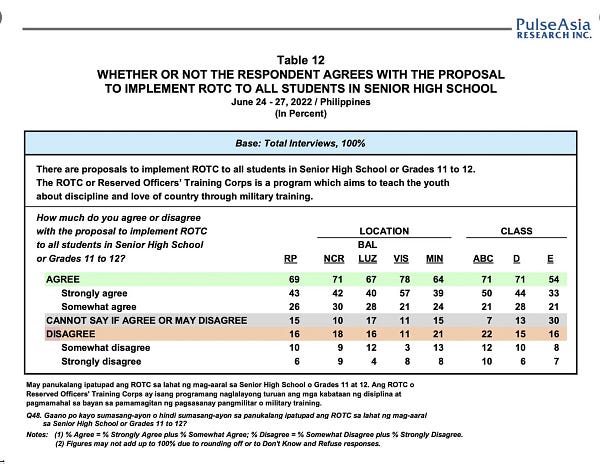
But some experts, including UP statistics prof Peter Cayton, said that there were big flaws in the survey, including the way ROTC was framed.

Meanwhile, the US economy as measured by real GDP shrank for the 2nd quarter in a row. Although this qualifies as a “technical recession,” economists of the National Bureau of Economic Research (NBER) have yet to look at other indicators before calling this an official recession.

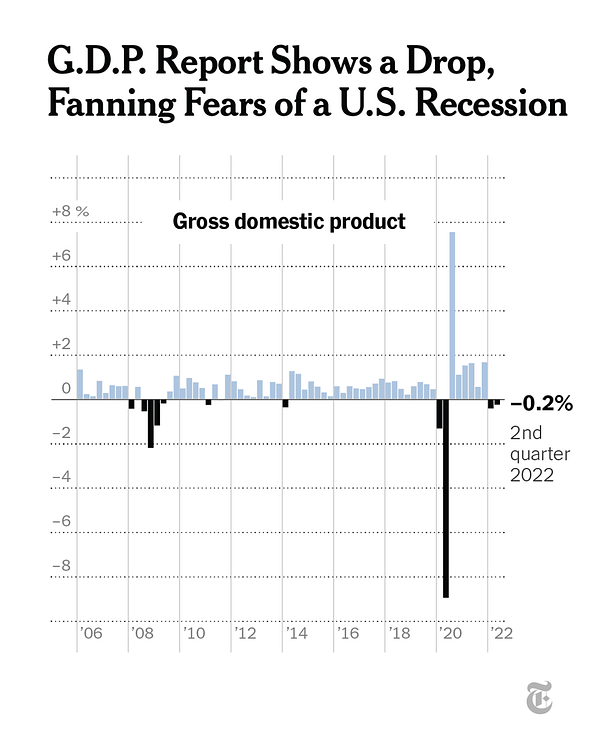
Fears of a US recession have been bolstered by the Fed’s 75-basis point rate hike this past week.

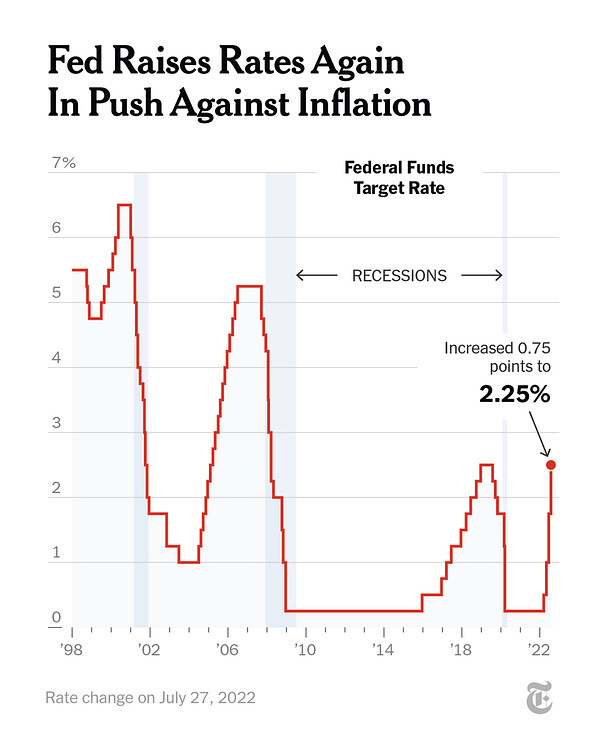
In response, here’s what the Bangko Sentral ng Pilipinas said. TLDR: expect a possibly weaker peso and future rate hikes (which the economy can still bear).

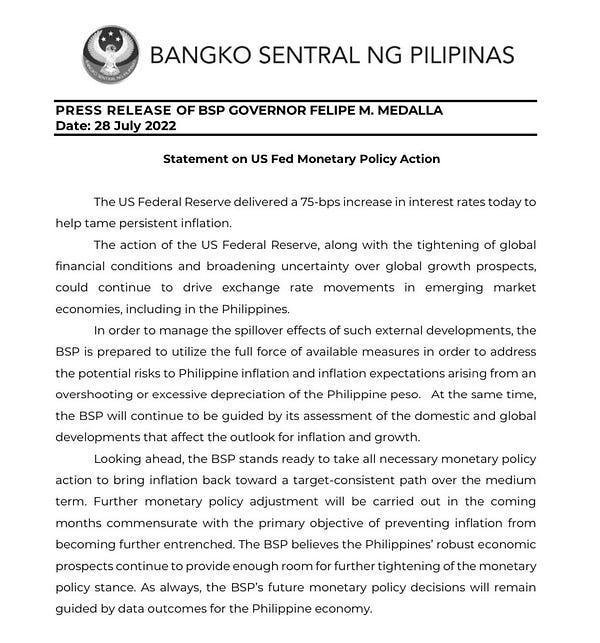
Despite monetary tightening worldwide, there’s a possibility that global inflation might still worsen (for instance, if Russian exports of natural gas to Europe will be stopped).


Low-inflation countries (<2%) have dwindled to zero:
And countries like Somalia are close to experiencing famine (if they’re not having one yet):
Global growth forecasts have also gone down, what with successive rate hikes in the US and many other countries:

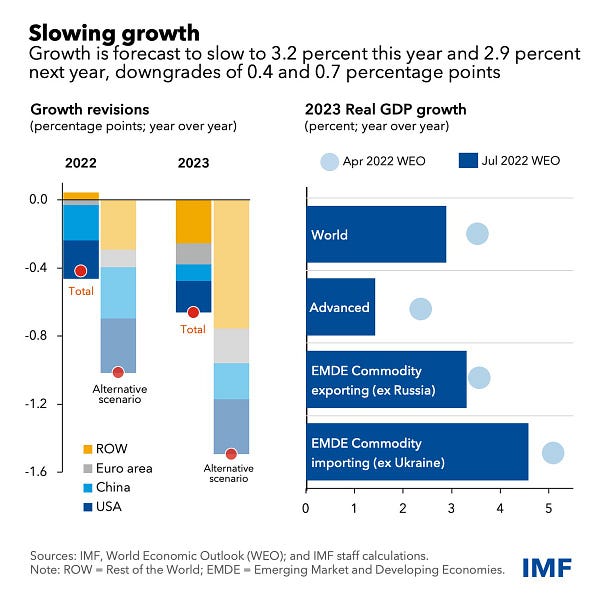
Monkeypox, which was declared last week by the WHO as another public health emergency of international concern, is spreading exponentially in the US, as shown in this graph:
On July 29, the first case of monkeypox was detected in the Philippines.


One media personality tweeted: “Monkey pox [sic] is sexually transmitted, usually M to M.” But experts are careful to note that monkeypox is not an STD. (The media personality later deleted his tweet.)
The Palace press secretary unfortunately seems clueless about how exponential growth works:

Some also noted that monkeypox has arrived in the Philippines earlier than the next Health Secretary.

By the way, on top of monkeypox, the country’s COVID response is flagging, what with billions of pesos worth of vaccines set to expire (or expired already).


RECOMMENDATIONS
Recommended explainer: John Oliver’s “Last Week Tonight,” all about inflation in the US.
Recommended movie: “Katips the Movie,” directed by Vincent Tañada. It’s a musical about activists and students’ struggles during Marcos Sr.’s martial law.1
Here’s the trailer:

“Katips” won big in the 70th FAMAS Awards held on July 30, snagging 7 awards including Best Picture, Best Director, Best Actor, and Best Original Song.



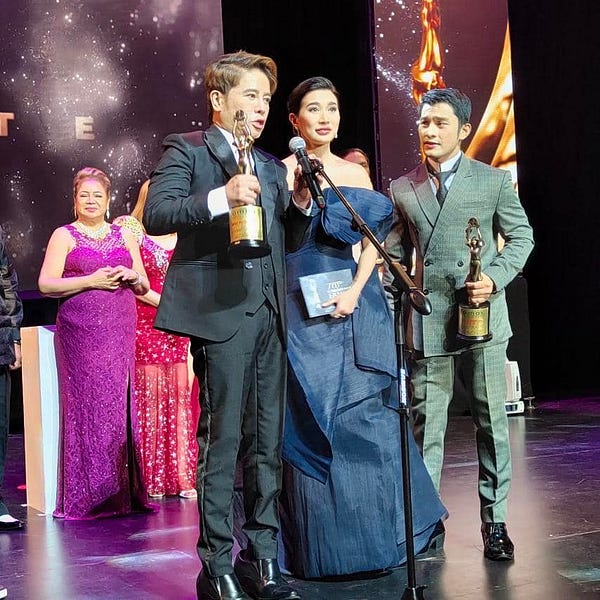
This week “Katips” is going head to head against “Maid in Malacañang,” a revisionist movie that aims to tell the “real story” of the Marcoses when they were ousted in 1986. “Maid in Malacañang” was not nominated in any category in this year’s FAMAS Awards, although Senator Imee Marcos was somehow was named “Exemplary Awardee for Public Service.” Interestingly:

“Katips” will be shown in many cinemas, including (but not limited to) SM malls:

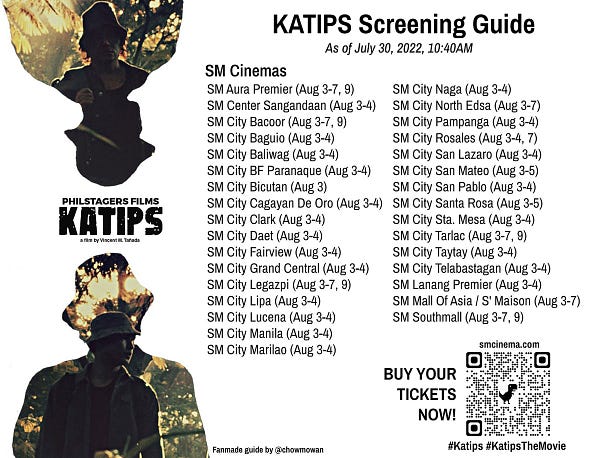
By the way, there’s a desperate attempt to promote “Maid in Malacañang.” Tickets are being distributed for free left and right.
Also, 300 tickets were sent to the Federation of Filipino-Chinese Chambers of Commerce and Industry, Inc.


Filipino-Chinese leader Teresita Ang-See denounced this strategy:


Apparently, the FFCCCII “purchased” the tickets since “proceeds will be used for charity projects, particularly, feeding the poor under the Nutribun Feeding Program.” This, while avowing they’re “not involved in partisan politics.” What gives?

Recommended series: “Avatar: The Legend of Korra.” ⭐️⭐️⭐️⭐️⭐️ An old series, but I ended up binge-watching this last week. The fascinating characters and tight plot make this one of the best series out there.
I initially wrote that the movie was about college students’ struggles only. Mea culpa.
























